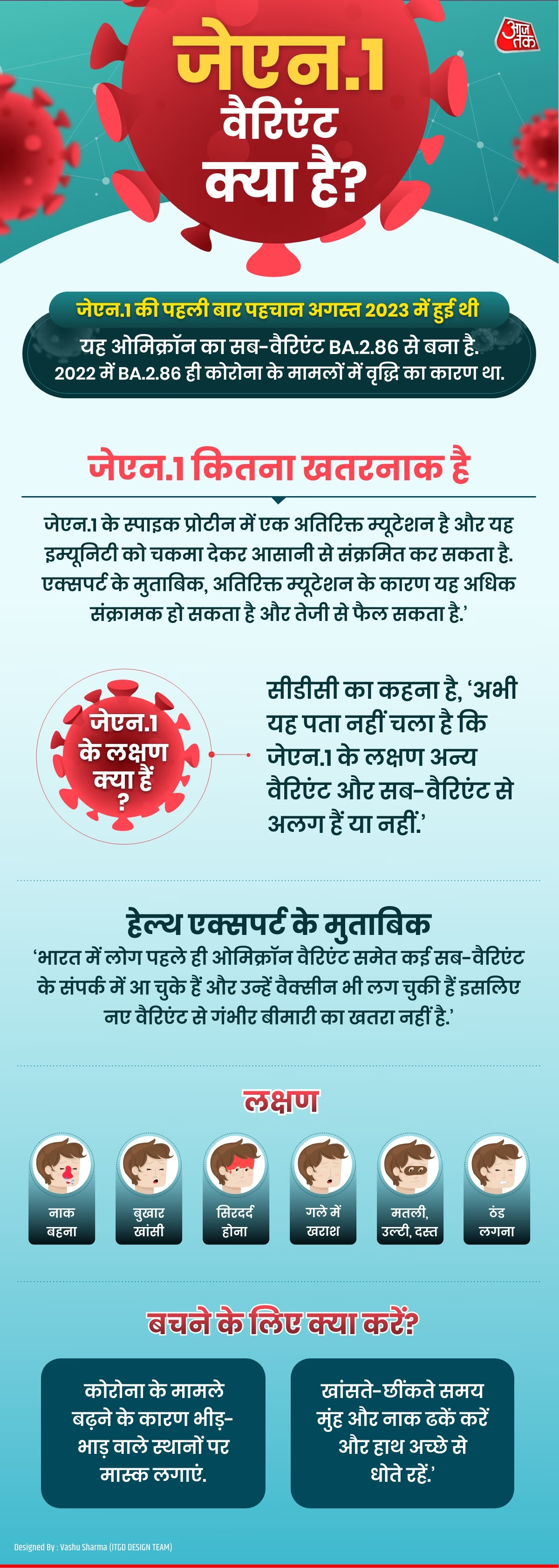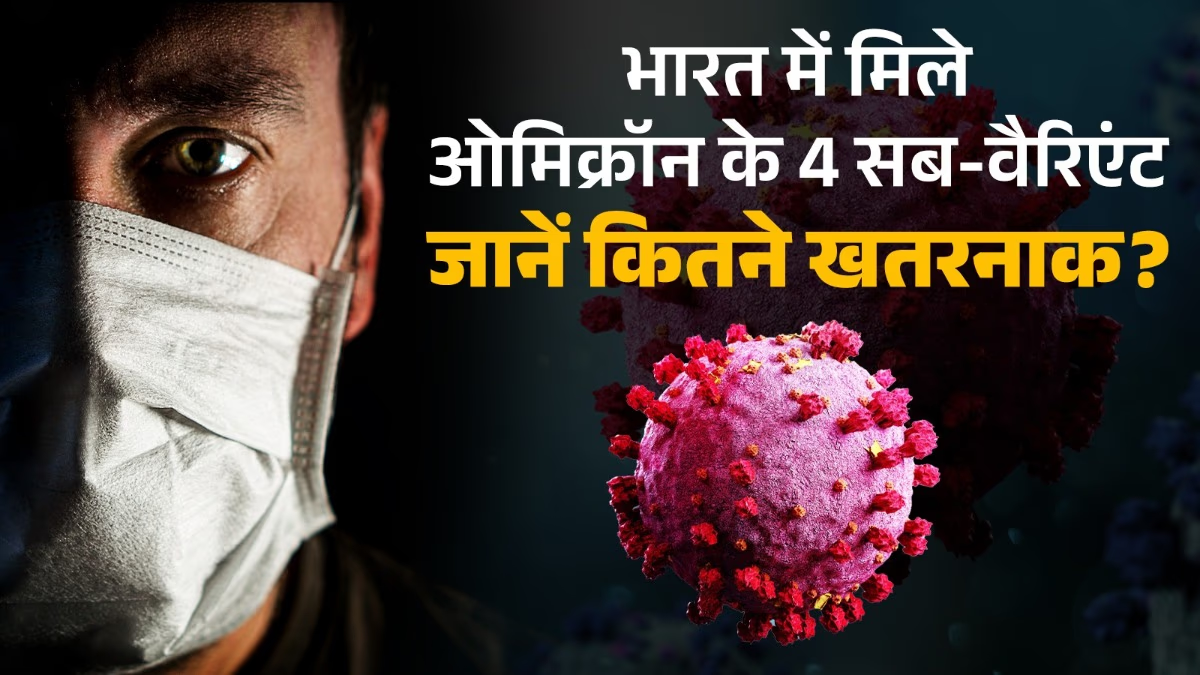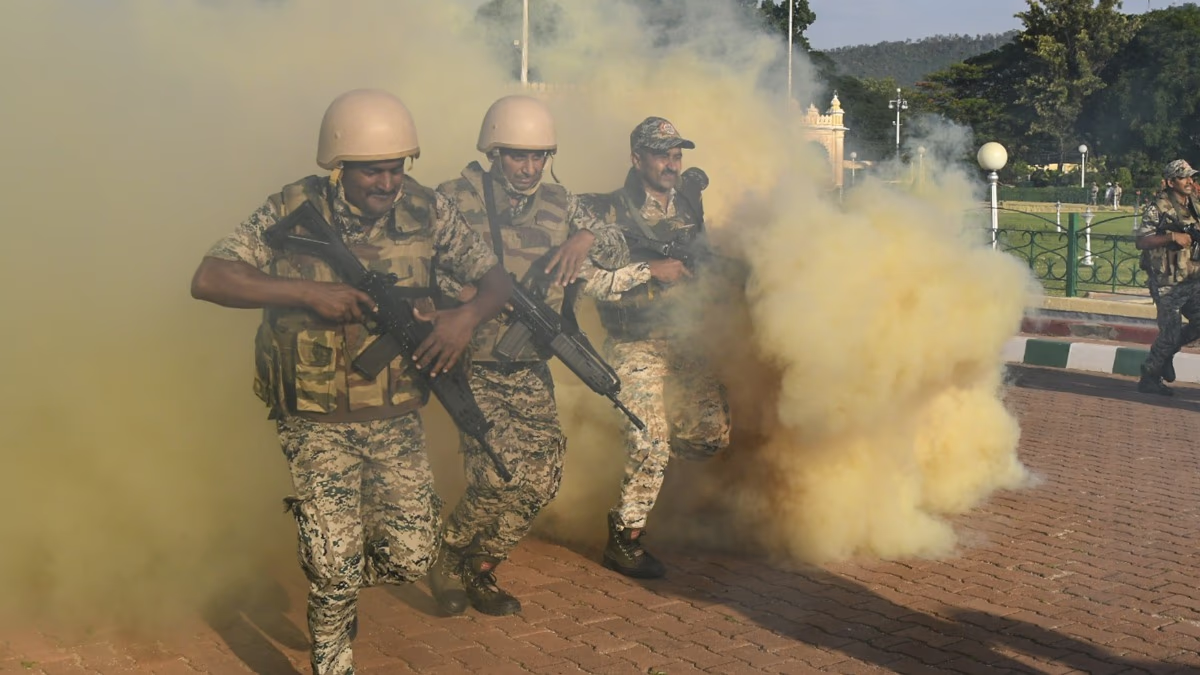COVID-19 cases in India:
COVID-19 cases are on the rise again in various parts of India. In the past week, 752 new cases have been reported. Delhi's Health Minister Pankaj Singh stated on Monday, 'The new COVID variants circulating in the city are causing only mild symptoms akin to common viral fever, and there's no cause for concern currently. We have advised hospitals to remain prepared with beds, oxygen, essential medications, and equipment for any situation.'
The recent surge was attributed to the emergence of a new variant, JN.1, discovered in several states, which is a sub-variant of the Omicron strain. However, more variants have now appeared, increasing the number of cases.
ICMR's Director General Dr. Rajiv Bahl mentioned, 'Surveillance is ongoing to identify the surge's reasons, and the government is preparing accordingly. The four variants we detected are sub-variants of Omicron: LF.7, XFG, JN.1, and NB.1.8.1. Further information requires examining more samples. The outbreak is under control in India, and the government remains vigilant and ready.'
'Platforms to develop new vaccines have been set up by the government. If a new variant emerges in the future, there are two options: evaluate the efficacy of existing vaccines or create a new vaccine tailored to target the new variant.'
Let's delve into the variants presently in India.
JN.1 (JN.1)

Source: aajtak
The increase in COVID-19 cases in Southeast Asia is largely attributed to the JN.1 variant, a descendant of the Omicron BA.2.86 variant. The WHO states that JN.1 is associated with approximately 30 mutations, with LF.7 and NB.1.8 being the two most common among recently reported cases.
In early January 2024, cases of JN.1 were found in India, and now the same variant is causing a surge in cases in Singapore-Hong Kong. However, full details on the specific variants responsible for cases in Mumbai are not yet available.
The World Health Organization (WHO) has indicated that JN.1 possesses an extra mutation in sub-variant BA.2.86, enabling rapid spread. Thus, vigilance is crucial. Post-January 2024, AIIMS reported specific symptoms that should prompt immediate testing following the detection of JN.1 cases in Delhi.
Experts suggest that due to the varied COVID-19 variants, symptom changes might occur as many Indians have received their vaccine doses.
Many have also received booster doses. Different symptoms may be observed depending on each individual's body and immunity. On December 8, 2023, the CDC discussed the JN.1 strain, saying, 'The severity of JN.1 symptoms largely depends on one's immunity and overall health.'
UK health experts noted that patients infected with the JN.1 sub-variant observed several indications, including:
Sore throat
Insomnia
Anxiety
Runny nose
Cough
Headache
Fatigue or weakness
Muscle aches
Doctors in the UK mentioned, 'Common symptoms reported are cough, sore throat, sneezing, fatigue, and headache, but these can also be common flu symptoms, so testing first is advisable.'
In some regions of Asia, the NB.1.8.1 variant has been linked to rising COVID-19 cases. NB.1.8.1 shows signs of spreading in different parts of the world, with specific symptoms emerging. However, there's no evidence to suggest it's causing more severe illness. Health officials are keeping a watchful eye on this variant.
The NB.1.8.1 variant has spike protein mutations named A435S, V445H, and T478I, potentially increasing its infectiousness and ability to evade immunity.
The World Health Organization (WHO) noted that the NB.1.8.1 variant might bind more effectively to human cells, making it more infectious. Currently, there's no evidence to suggest it causes more severe diseases or is better at evading immunity compared to other variants. Monitoring is ongoing, but this does not imply it's immediately dangerous.
People infected with NB.1.8.1 have reported symptoms similar to other Omicron sub-variants. These include persistent cough, sore throat, fatigue, headache, reduced appetite, gastrointestinal issues, blurred vision, nausea, or dizziness. A report has highlighted persistent low-grade hyperthermia (not fever) as a symptom. Unlike a typical fever, hyperthermia causes a rise in body temperature without changing the body's set point, meaning it feels warmer than usual, but doesn't register as fever.
LF.7 is a sub-lineage of the JN.1 variant and remains the most prevalent strain in India, accounting for 53% of sequence sampling. WHO is monitoring this sub-variant under 'Variants Under Monitoring', indicating they contain mutations potentially affecting virus behavior, though not yet classified as 'Variants of Concern' or 'Variants of Interest'.
Initial studies and expert assessments suggest these sub-variants might be more infectious with greater immune evasion potential than previous strains.
Details about the XFG variant remain undisclosed. Nonetheless, it's described as another sub-variant of Omicron. Upon availability of more data on its infectiousness, further information will be shared.
Experts reassured that all these are Omicron variants and, so far, the situation across India is stable with decreased mortality. No substantial threat is related to these variants. With the double season (heat) this month, flu-like symptoms have increased, coinciding with mild COVID symptoms. COVID-19 has now become endemic, and fluctuations in reported cases aren't alarming.
Dr. Suranjit Chatterjee, Senior Consultant at Indraprastha Apollo Hospital, confirmed, "The situation is under control at the moment. There's no need for panic. Although specific new variant vaccines are unavailable in India, current boosters offer strong protection.'
Dr. Arup Halder, a consultant pulmonologist at Kolkata's CMRI Hospital, stated, 'Most cases are mild with low hospitalization rates. The surge largely stems from waning immunity, uneven booster coverage, and improved detection but with increased awareness. It's vital for high-risk individuals to vaccinate promptly, continue mask-wearing in crowded areas, and maintain basic hygiene practices.'
Experts advise elderly individuals and those with existing health issues or deemed high-risk to promptly receive their booster doses.




